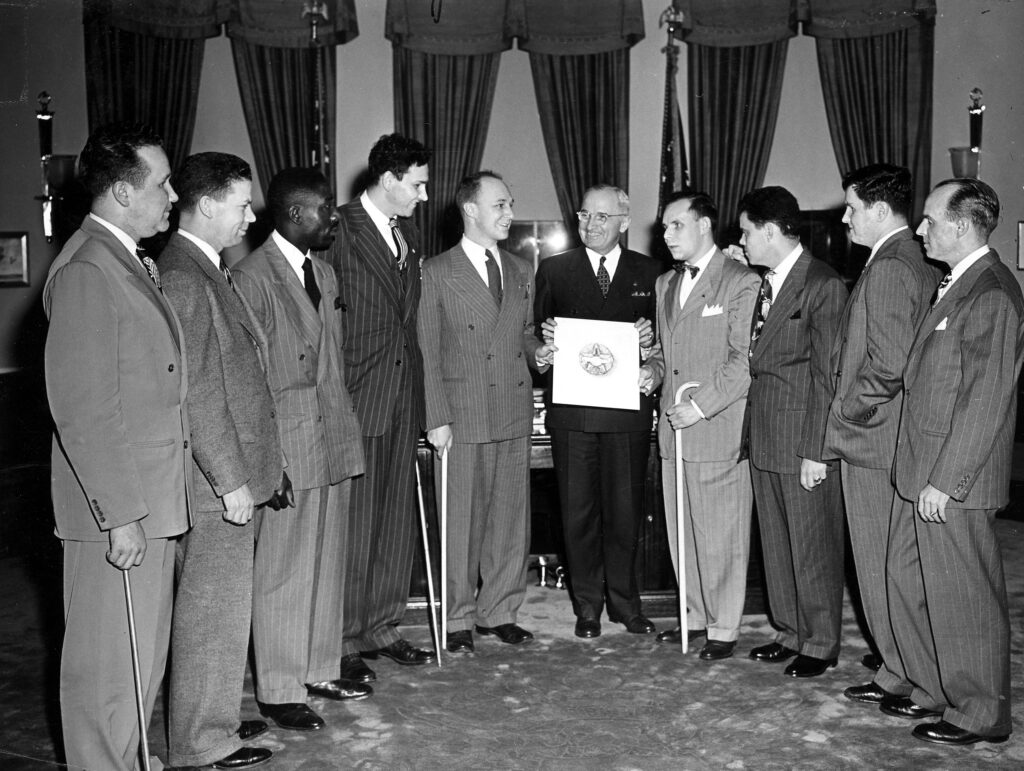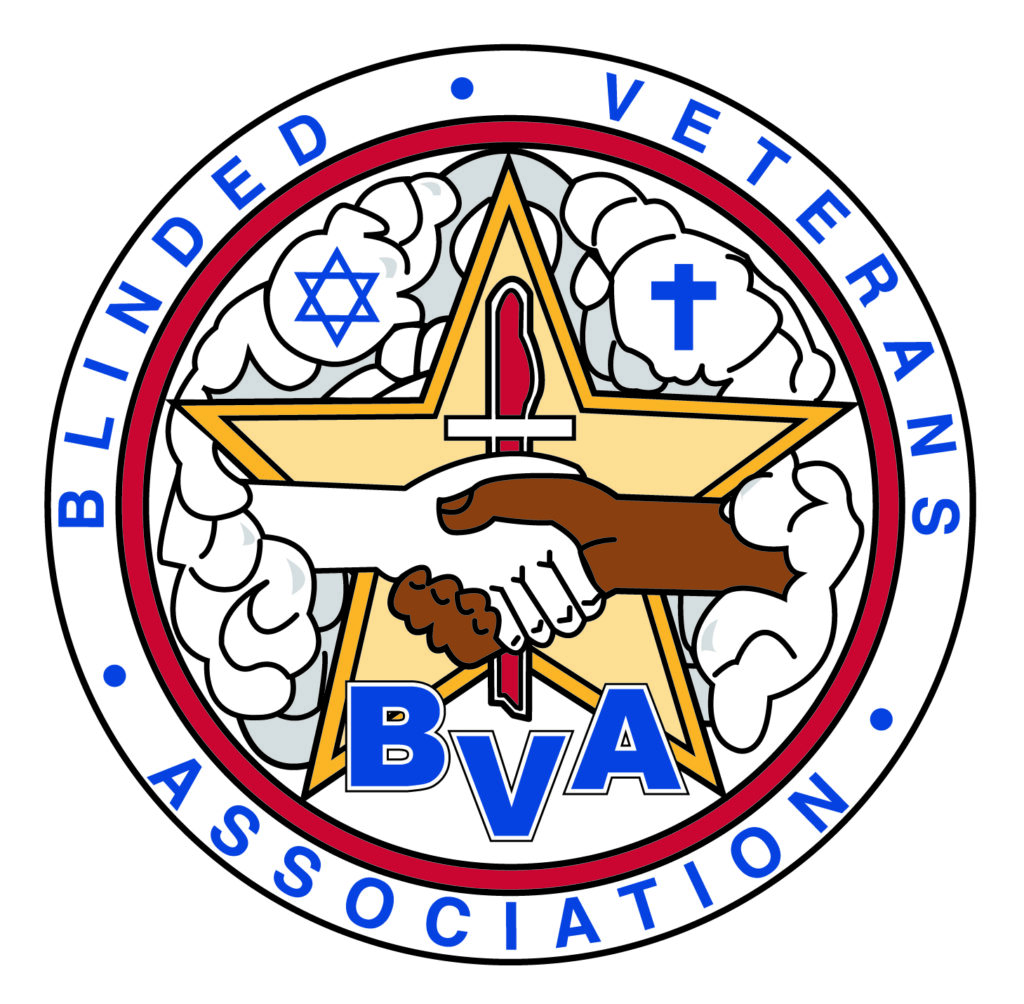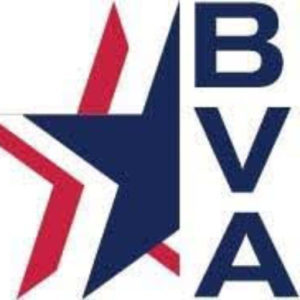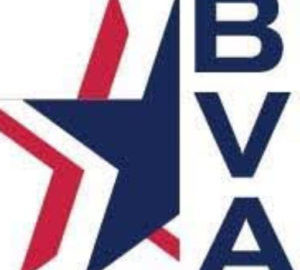
The May 1948 issue of the BVA Bulletin recounted a short ceremony at the White House the month before on April 12 during which President Harry S. Truman presented the official insignia of the Blinded Veterans Association in the Oval Office to a nine-man delegation representing the organization.
At the behest of the BVA leadership and then National Chaplain Thomas J. Carroll, a design was created by artist-sculptor-BVA friend Robert Amendola, known also for his work with Father Carroll in the late 1940s in training blinded veterans to accurately conceptualize an unseen environment, known commonly today as orientation.
In accepting the emblem, seal, or crest as it is often referred to, National President Jack Brady declared:
“In this emblem we have tried to express a fact which paradoxically became clearer to us through blindness. Through our years of hospitalization and our close association since that time, we have acquired an insight into the equality of men which we only wish we could pass on to all of our fellow citizens. We have learned that discrimination as to color or creed has no foundation in fact. Blinded veterans have accepted each other simply as fellow human beings with a common problem. When you cannot see, you accept the man you meet on an equal basis, free of all reaction to the color of his skin and of all prejudice as to his religious belief.”
The context of Brady’s words originates from what the emblem actually looks like. To picture the color version, think of a sculptured disc. The face of the disc is a composite of layered symbols inside a red, bordered circle. The base is formed by white, fluffy clouds. The next layer features a five-pointed star with each point reaching out to the edge of the circle. To the right of the top point is a blue Christian cross. To the left of the top point is a blue Star of David. A red broken bayonet runs vertically, centered on top of the five-pointed star. The top layer of the composite reveals a brown arm reaching from the right and a white arm reaching from the left. In the middle of the emblem, the arms meet in a handshake. Under the hands and the point of the bayonet are the blue uppercase letters B, V, and A.
Amendola’s design, he said, was meant to represent the people, purpose, and destiny of the Blinded Veterans Association. A vast majority of the BVA membership, the BVA Bulletin reported, wholeheartedly accepted the design at the time.
The five-pointed star symbolizes the five branches of the military at the time. The hands emerging from the background of clouds represent blindness. The clasped hands, one white and the other brown, symbolize the unity of races. The broken bayonet stands for the fact that blindness resulted from a service-connected injury. The Star of David and the Christian Cross represent the unity of creeds. The initials B-V-A obviously stand for the Blinded Veterans Association.
“We have chosen this emblem not only to identify ourselves as men who lost their sight while serving their country, but also to demonstrate to the sighted world our deep conviction of the brotherhood of man,” Brady concluded.
A disc the size of a dime containing the emblem was presented to each of the nine BVA members present at the 1948 White House ceremony. After the formal acceptance and photo, the group requested that President Truman accept honorary membership in BVA, to which he said he would be delighted and accepted a large-sized color reproduction of the insignia.



